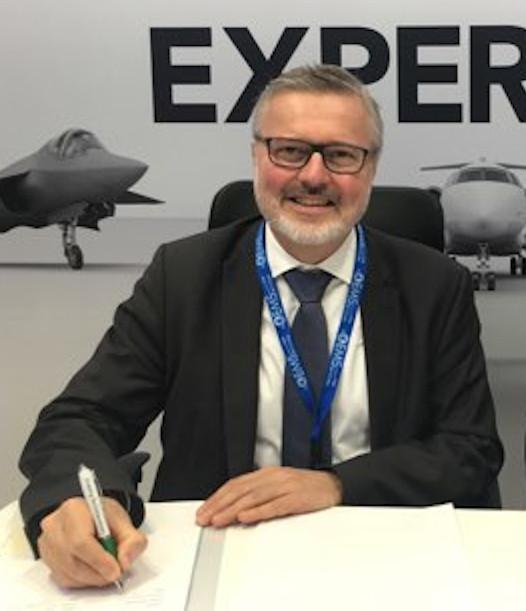
Didier Granger, president and CEO of OEMServices, talks to James Pozzi about how the impact of COVID-19 on the aftermarket supply chain and how the company is looking to digitize the business.
Where do you identify some of the main challenges around MROs sourcing the right parts?
There are obviously differences based on the aircraft generation. On new fleets, the relationship with the component-OEM is key, and therefore the challenge in the supply chain is to anticipate the needs, which can be sometimes challenging when you have to deal with fleets ramp-up and retrofits at the same time for the same components increasing the pressure on production lines. On the other side of the maturity curve, when the aircraft generation is getting old, there are multiple parts available on the market with a significant price competition. The challenge is no longer related to anticipation, but to the selection of the right parts, as there is a wide range of available quality levels, linked to the component age, its past repair conditions, its number of flight hours etc, in order to optimize the value of the assets.
How do the needs of an airline MRO differ from a non-airline affiliated maintenance provider in terms of supply chain needs?
An airline MRO has to feed its own workshops, and its choices with hang on this strategy. An industrial policy is a long-term approach, and its evolution has to be slow and progressive once the MRO has opened a repair capacity, for obvious social reasons. Key partnerships need to be signed with important providers in order to secure this long-term strategy. On the other side, a non-airline affiliated MRO has more flexibility to decide for its own strategy, among the suppliers and about the duration of their relationship. As said before, there is however a trend to improve and secure the medium-term value of the procured components, which may drive the choice of the partners as strategic approach.
How do you see COVID-19 changing the way in which supply chains are managed?
It is still early to have a full overview on the market evolution. Most probably there will be stronger negotiations in the future to create some flexibility in the contracts, especially around fixed fees and minimum flight hours. This will have an impact to further centralize the ownership of the inventory to service providers such as OEMServices, since optimal scale effects will have to be reached in order to be able to offer such flexibility to the airlines. Moreover, the systems will have to communicate in a more efficient manner between the various players of the supply chain. The reduction of operations will lead to some fleet adjustments, but the availability of used material will be proportional to the tear-down of older aircraft, which is itself linked to the evolution of the fuel price. As long as the fuel price remains low, we do not anticipate a large phase-out plan for older aircraft among the active fleets, but more an impact of a slow-down in the phase-in of new aircraft. This will obviously have an impact on the supply-chain management and the availability of spare parts.
Which technologies are you seeing MROs use in terms of supply chain management and gaining greater visibility across the supply chain in areas such as parts supply, capacity management and asset tracking?
Within the aeronautics technologies evolve slowly following state of the art quality and safety expectations of certification authorities, mostly by adding new functionalities to the supply chain such as customer interfaces and application programming interfaces. The need is to create links that connects the diversity of the systems, and the various entities that operate these systems.
Is OEMServices looking at blockchain in future, and if so, what are your thoughts on the role this could play to improve aftermarket processes?
Yes we are. The question about blockchain is how strong the leader of the project must be, to promote and to push for the adoption of a standard where, by design, there will be no or just limited return on investment. So the key question is about the business model that substantiate such projects and provides some pay-back.





